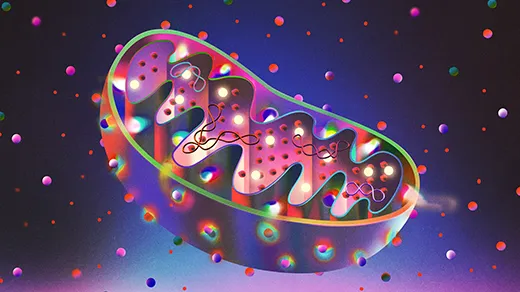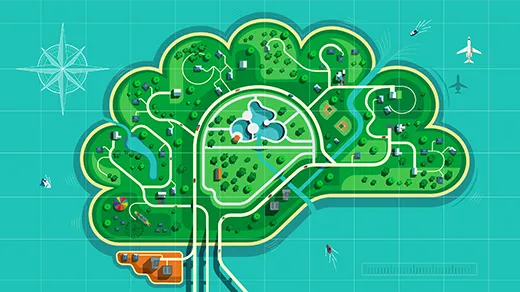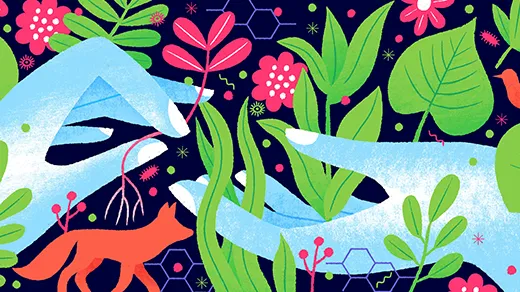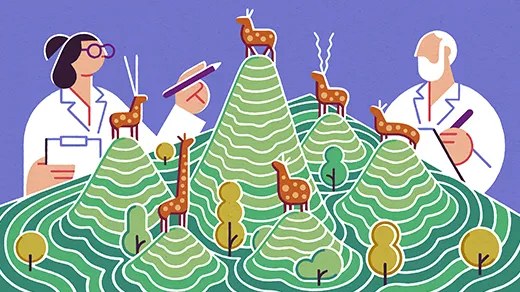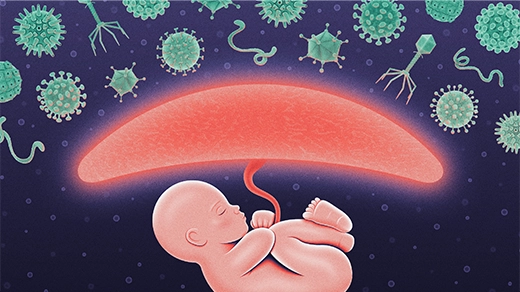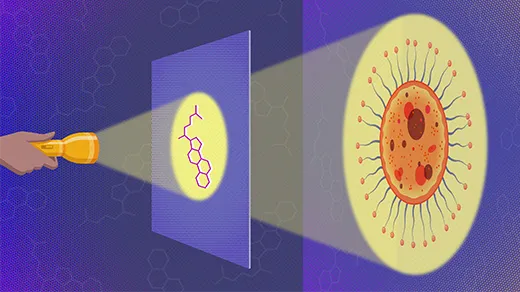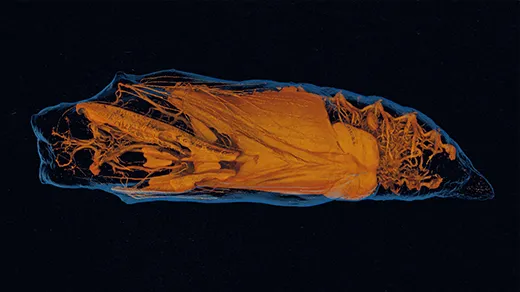What's up in
Evolution
Latest Articles
The Year in Biology
In a year packed with fascinating discoveries, biologists pushed the limits of synthetic life, probed how organisms keep time, and refined theories about consciousness and emotional health.
New Cell Atlases Reveal Untold Variety in the Brain and Beyond
Recent efforts to map every cell in the human body have researchers floored by unfathomable diversity, with many thousands of subtly different types of cells in the human brain alone.
The New Quest to Control Evolution
Modern scientists aren’t content with predicting how life evolves. They want to shape it.
Evolving Bacteria Can Evade Barriers to ‘Peak’ Fitness
Paradoxically, natural selection can sometimes seem to block organisms from evolving useful adaptations. But a new study of “fitness landscapes” and antibiotic resistance in bacteria shows that life still finds a way.
During Pregnancy, a Fake ‘Infection’ Protects the Fetus
Cells in the placenta have an unusual trick for activating gentle immune defenses and keeping them turned on when no infection is present. It involves crafting and deploying a fake virus.
Fossilized Molecules Reveal a Lost World of Ancient Life
A new analysis of ancient sediments fills a gap in the fossil record — revealing a massive dynasty of ancient eukaryotes, which may have reigned for 800 million years and shaped the history of life of Earth.
Andreas Wagner Pursues the Secrets to Evolutionary Success
Why did mammals, grasses and some other groups of organisms explode in diversity only after millions of years? The evolutionary biologist Andreas Wagner plumbs the secrets of those “sleeping beauties.”
Even Synthetic Life Forms With a Tiny Genome Can Evolve
By watching “minimal” cells regain the fitness they lost, researchers are testing whether a genome can be too simple to evolve.
Why Insect Memories May Not Survive Metamorphosis
The reshuffling of neurons during fruit fly metamorphosis suggests that larval memories don’t persist in adults.
